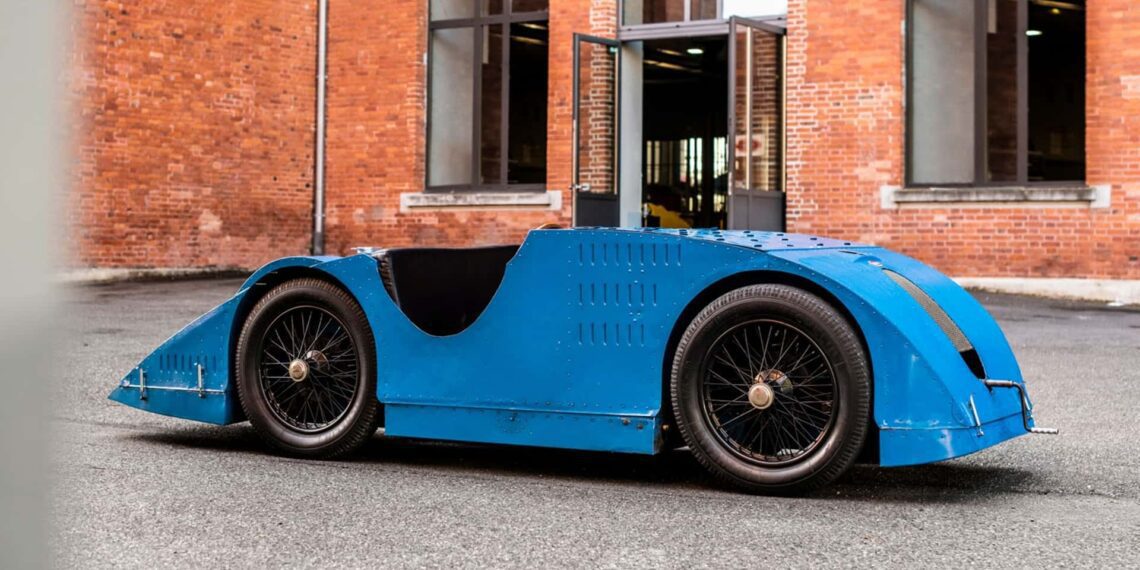A century ago, on the cobbled streets of Tours, France, the motor racing world witnessed the emergence of a design that would shift the paradigm of race car engineering. It was the French Grand Prix of 1923 where the Bugatti Type 32 ‘Tank’ made its racing debut. 2023 marks a century since the introduction of this revolutionary vehicle, a testament to Bugatti’s ingenious engineering and visionary foresight.
The Tank, a radical departure from conventional car design, shook up the racing landscape with its airplane wing-shaped body, earning it the name. Ettore Bugatti, the genius behind this innovation, recognized early that aerodynamics would play a crucial role in improving racing performance. With a body covering the 2.0-litre eight-cylinder engine, the Tank stood out amidst the fleet of standard racing cars. Bugatti’s innovation was further exemplified by the car’s underslung chassis, front hydraulic brakes, and a unique three-speed and reverse transaxle transmission.
The Tank driven by Ernest Friderich stole the show at the Grand Prix, securing a respectable third-place finish. Although the ‘Tank’ had a brief Grand Prix career, the learnings it provided were instrumental for Bugatti. The pioneering belief that aerodynamics could play a pivotal role in enhancing race car performance was proven conclusively by its spiritual successor, the Bugatti 57G. This vehicle dominated endurance racing in the 1930s, capturing victory in the 1936 French Grand Prix and the illustrious Le Mans in 1937.
Today, the Type 32 remains an embodiment of Bugatti’s trailblazing vision and stands as an enduring testament to the brand’s commitment to innovative engineering. Five Type 32s were built, with one on display at the Musée National de l’Automobile in Mulhouse, France, where it continues to inspire and influence the design of future generations of race cars, and production cars like the radical hypercars that Bugatti creates today.
Sources: Bugatti

















